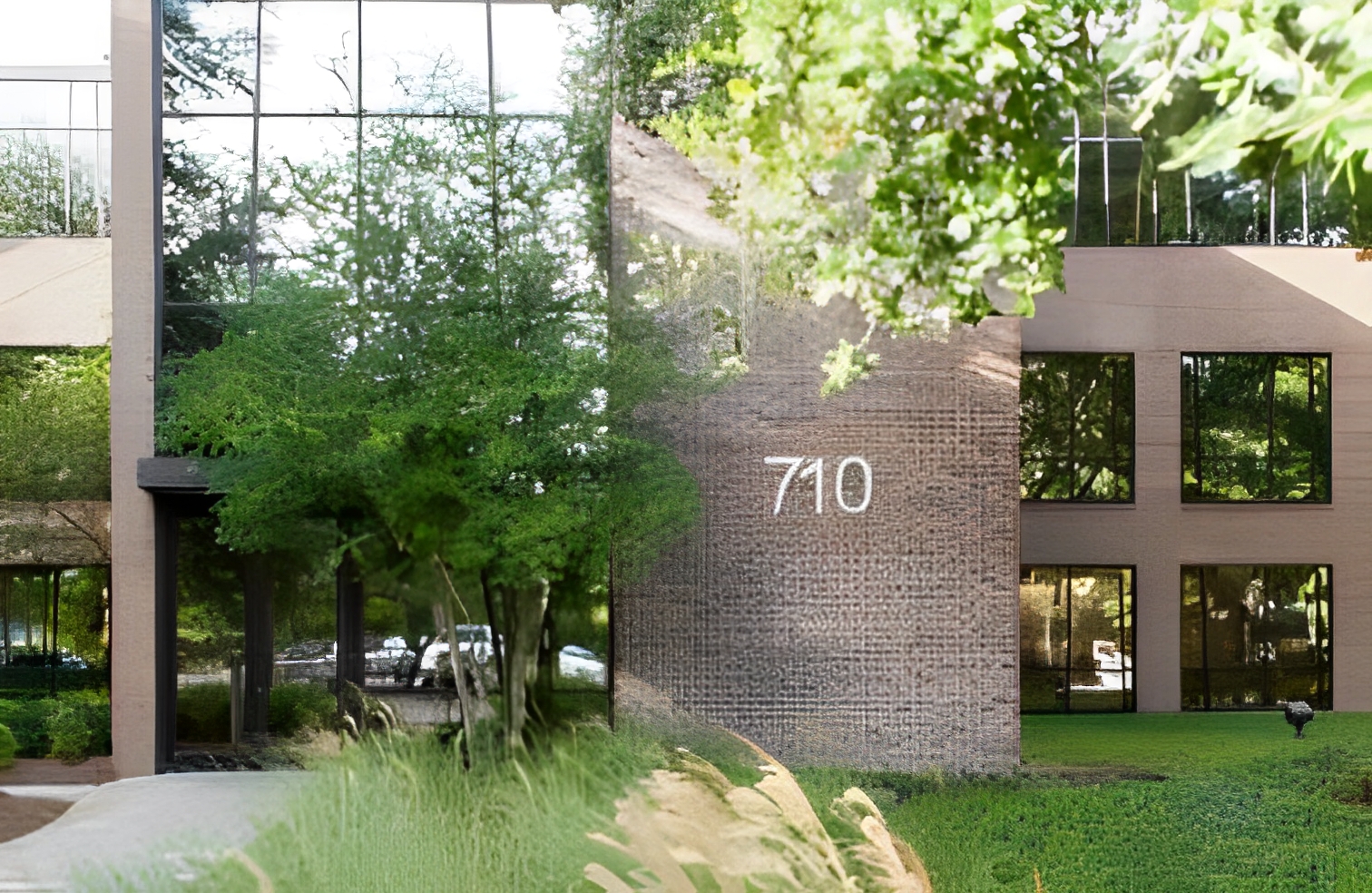
If you’re here checking out our AesthetiSpa blog, you are likely well-versed in the aesthetic world. That means you probably know all about the popular hyaluronic acid dermal fillers Restylane and Juvéderm. These fillers were originally approved by the FDA in 2005 and 2006 and have been injected millions of times around the world. Their enduring popularity led line expansions of both Juvéderm and Restylane to include a series of new fillers targeted for specific areas of the face and hands.
Now there’s a new kid in town, so to speak. These are what are known as Resilient Hyaluronic Acid dermal fillers, RHA fillers for short. They’ve been available in Europe for over five years, but recently received FDA approval for the U.S. market.
We’re excited to offer all three Teoxane RHA fillers at AesthetiSpa. Let’s get into these new hyaluronic acid fillers in February’s two blogs.
What are RHA fillers?
RHA stands for resilient hyaluronic acid, and this is the latest advance in dermal filler science. These fillers are designed for the dynamics of our facial movements, so the volume they provide looks more natural and adapts to movement without breaking down as quickly.
There are currently three available Teoxane RHA dermal fillers, RHA 2, RHA 3, and RHA 4. These are marketed in the U.S. by Revance.
What is the difference between RHA fillers and regular dermal fillers?
We all know about the Juvéderm and Restylane lines of dermal fillers. These fillers are made from hyaluronic acid, a naturally occurring substance in the human body (and most other mammals) that is responsible for hydrating, plumping, and firming the skin. Hyaluronic acid does this by binding with nearby water molecules.
These fillers have provided great results, but sometimes don’t respond as well when the patient’s face moves with expressions and the like. That’s because hyaluronic acid breaks down rapidly and is metabolized in about 48 hours. To prevent this from happening, with first-generation dermal fillers the HA is crosslinked with suspended chemical proteins. These proteins make the HA in first-generation dermal fillers not as malleable with facial movements.
The difference between RHA and first-generation hyaluronic acid dermal fillers is that these new fillers have fewer chemical modifications and crosslinking in longer chains of HA. This makes RHA fillers closer to the natural hyaluronic acid that is found throughout the human body in their flexibility in usage, natural-looking results, and longevity of results. Basically, RHA fillers are closer to natural hyaluronic acid, so they are undetectable regardless of facial movements. That’s the improvement RHA fillers make over the first-generation HA fillers.
In February’s second AesthetiSpa blog, we’ll get into some more detail about the new RHA fillers. Until then, give us a call at 843-849-9925 to schedule an appointment or consultation.







